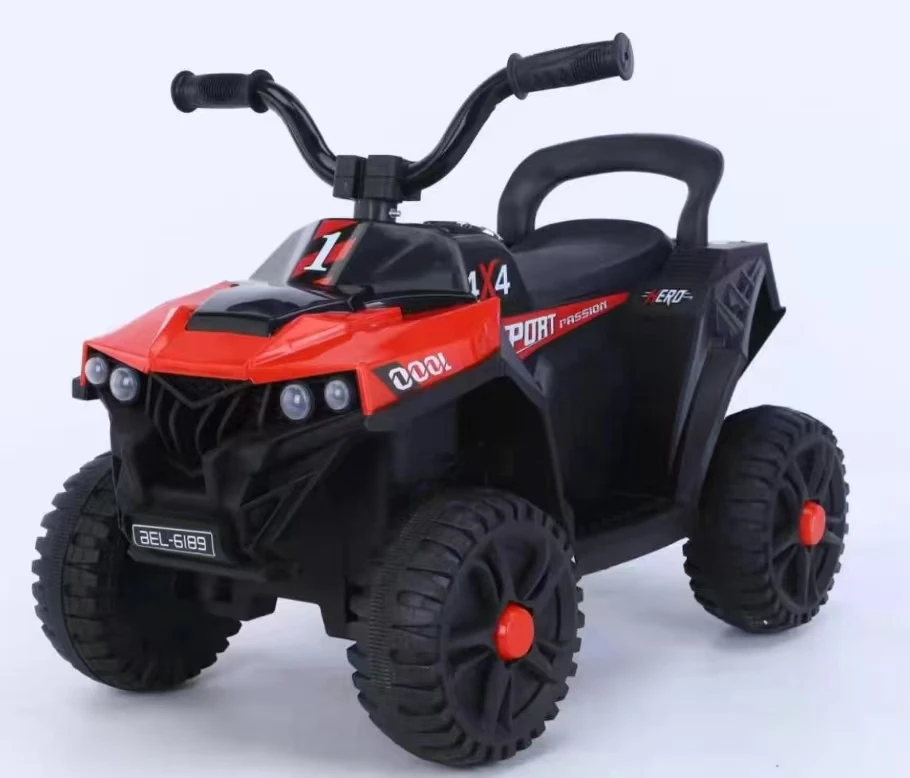
- Afrikaans
- Albanian
- Amharic
- Arabic
- Armenian
- Azerbaijani
- Basque
- Belarusian
- Bengali
- Bosnian
- Bulgarian
- Catalan
- Cebuano
- Corsican
- Croatian
- Czech
- Danish
- Dutch
- English
- Esperanto
- Estonian
- Finnish
- French
- Frisian
- Galician
- Georgian
- German
- Greek
- Gujarati
- Haitian Creole
- hausa
- hawaiian
- Hebrew
- Hindi
- Miao
- Hungarian
- Icelandic
- igbo
- Indonesian
- irish
- Italian
- Japanese
- Javanese
- Kannada
- kazakh
- Khmer
- Rwandese
- Korean
- Kurdish
- Kyrgyz
- Lao
- Latin
- Latvian
- Lithuanian
- Luxembourgish
- Macedonian
- Malgashi
- Malay
- Malayalam
- Maltese
- Maori
- Marathi
- Mongolian
- Myanmar
- Nepali
- Norwegian
- Norwegian
- Occitan
- Pashto
- Persian
- Polish
- Portuguese
- Punjabi
- Romanian
- Russian
- Samoan
- Scottish Gaelic
- Serbian
- Sesotho
- Shona
- Sindhi
- Sinhala
- Slovak
- Slovenian
- Somali
- Spanish
- Sundanese
- Swahili
- Swedish
- Tagalog
- Tajik
- Tamil
- Tatar
- Telugu
- Thai
- Turkish
- Turkmen
- Ukrainian
- Urdu
- Uighur
- Uzbek
- Vietnamese
- Welsh
- Bantu
- Yiddish
- Yoruba
- Zulu
Jan . 29, 2025 06:07 Back to list
New National Standard Electric Bicycle 48V20AH Men′s and Women′s Two Wheel Electric Bicycles Hot Sale
When considering the purchase of a children's bicycle, several factors come into play that must be carefully evaluated to ensure both safety and enjoyment for your child. As an experienced enthusiast in the world of children's bikes, I understand the nuances that make a bike not only a mode of transportation but a trusted companion in a child’s development journey.
For those prioritizing environmental consciousness, choosing bicycles from companies that utilize eco-friendly materials can balance sustainability with functionality. Brands committed to reducing their carbon footprint by using recycled materials or sustainable production practices enhance the bike's appeal for environmentally conscious families. Trustworthiness in a children's bicycle also extends to comfort and ease of use. Features such as padded seats, ergonomic grips, and smooth gear transitions impact how enjoyable a child's riding experience can be. The assurance that a child can comfortably and confidently control their bicycle increases their enthusiasm and willingness to engage in outdoor activities. Incorporating community feedback can provide insights not immediately apparent in product descriptions or expert reviews. Online forums and cycling communities are rich resources where parents share experiences and offer advice on choosing the right bike for specific age groups or activity levels. This crowdsourced knowledge helps pinpoint nuances like size appropriateness and terrain adaptability. In conclusion, selecting the right children's bicycle involves a careful balance of safety, innovation, brand reputation, and customer feedback. Leveraging the expertise available through customer reviews, expert ratings, and authoritative advice ensures that your chosen bicycle will provide a safe, enjoyable, and growth-friendly experience for your child. This commitment to quality and reliability empowers parents to make informed decisions that align with their child's needs and aspirations.


For those prioritizing environmental consciousness, choosing bicycles from companies that utilize eco-friendly materials can balance sustainability with functionality. Brands committed to reducing their carbon footprint by using recycled materials or sustainable production practices enhance the bike's appeal for environmentally conscious families. Trustworthiness in a children's bicycle also extends to comfort and ease of use. Features such as padded seats, ergonomic grips, and smooth gear transitions impact how enjoyable a child's riding experience can be. The assurance that a child can comfortably and confidently control their bicycle increases their enthusiasm and willingness to engage in outdoor activities. Incorporating community feedback can provide insights not immediately apparent in product descriptions or expert reviews. Online forums and cycling communities are rich resources where parents share experiences and offer advice on choosing the right bike for specific age groups or activity levels. This crowdsourced knowledge helps pinpoint nuances like size appropriateness and terrain adaptability. In conclusion, selecting the right children's bicycle involves a careful balance of safety, innovation, brand reputation, and customer feedback. Leveraging the expertise available through customer reviews, expert ratings, and authoritative advice ensures that your chosen bicycle will provide a safe, enjoyable, and growth-friendly experience for your child. This commitment to quality and reliability empowers parents to make informed decisions that align with their child's needs and aspirations.
Next:
Latest news
-
The Ultimate Kids' Four-Wheeler Experience
NewsJul.09,2025
-
The Ultimate Guide to Mountain Bikes: Gear Up for Your Ride
NewsJul.09,2025
-
The New Age of Cycling: Electric Bikes for Every Rider
NewsJul.09,2025
-
The Best Kids Bicycles: Ride in Style and Safety
NewsJul.09,2025
-
The Best 3-Wheel Scooters for Kids: Fun, Safety, and Adventure
NewsJul.09,2025
-
Revolutionize Your Ride: Affordable Electric Bikes
NewsJul.09,2025
-
Finding the Perfect Mountain Bike for Every Rider
NewsJul.09,2025



